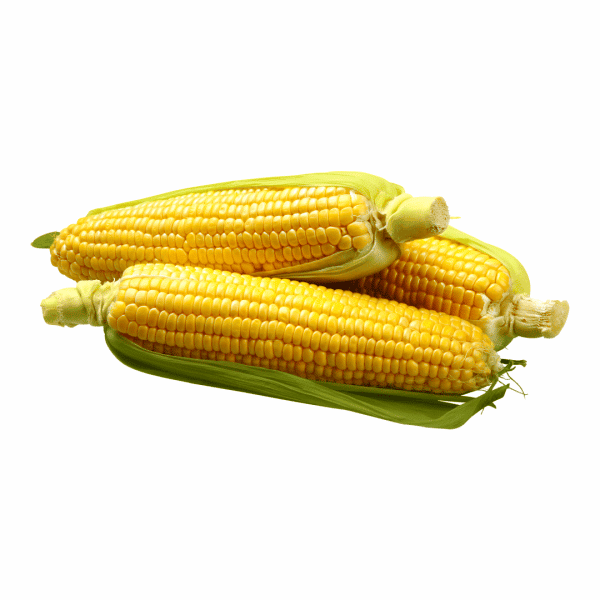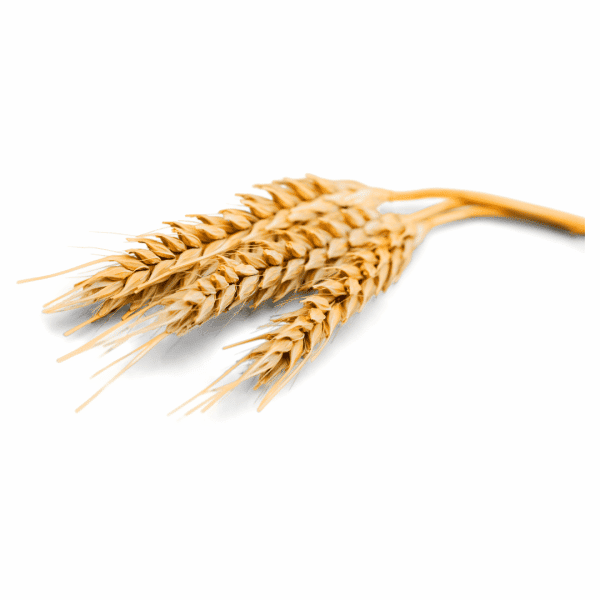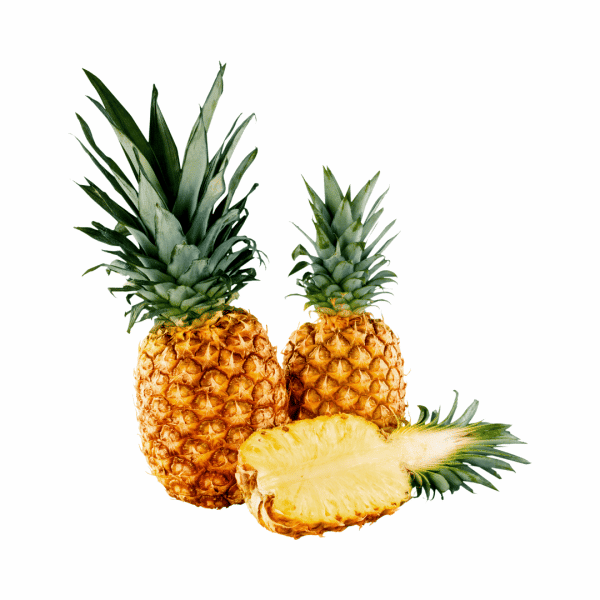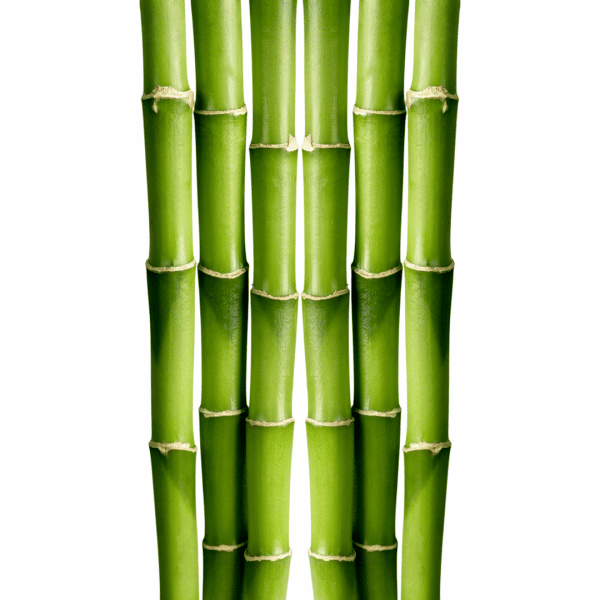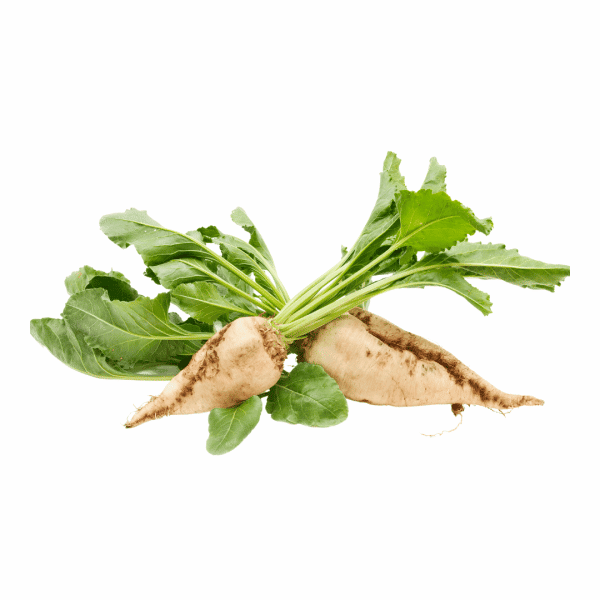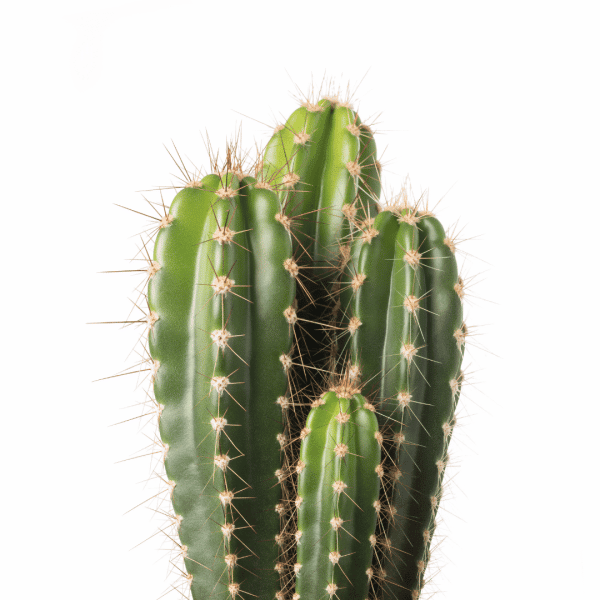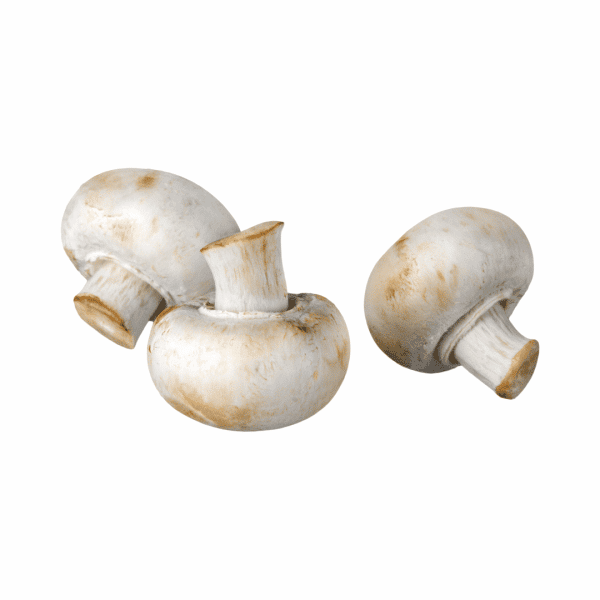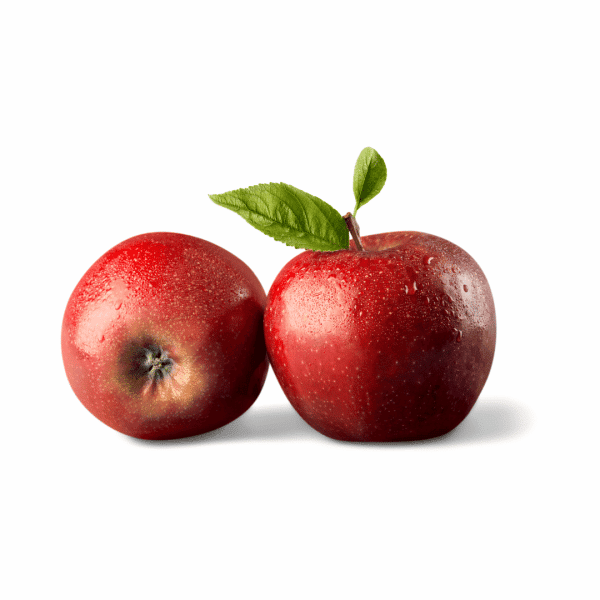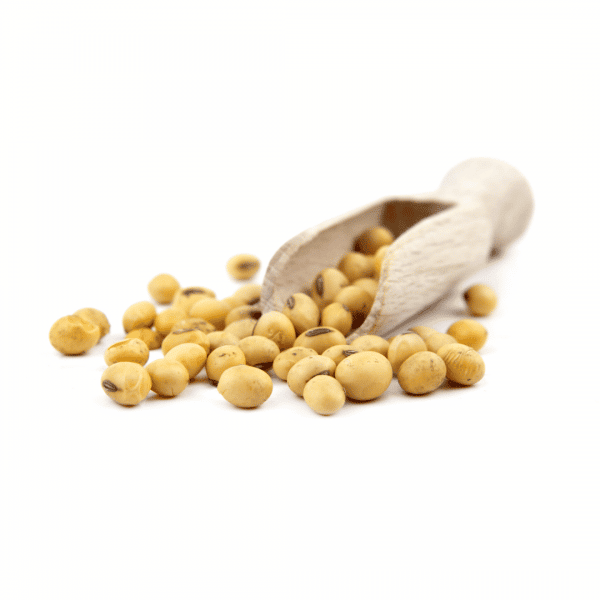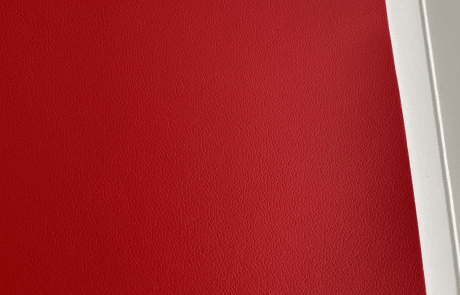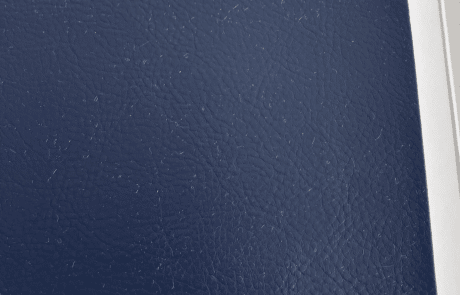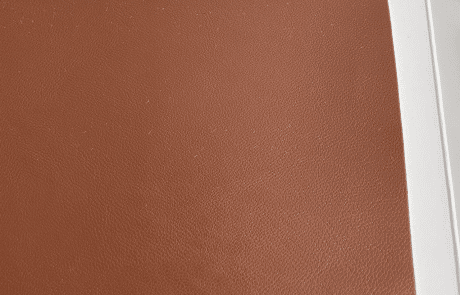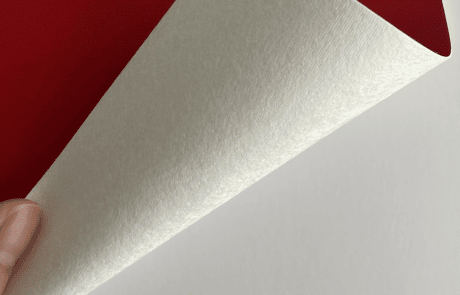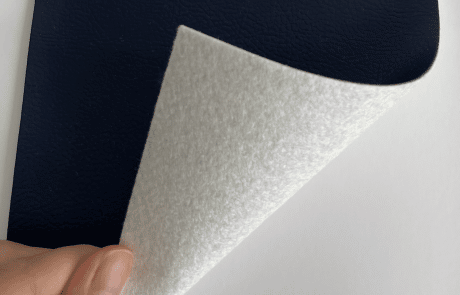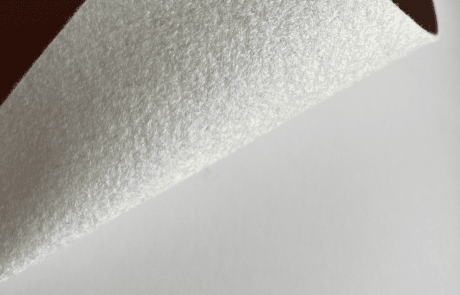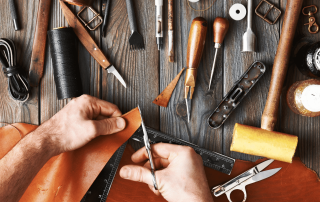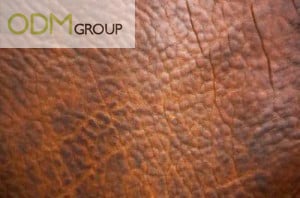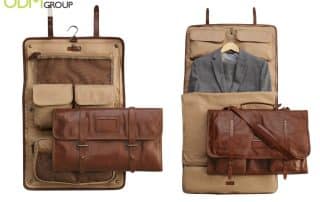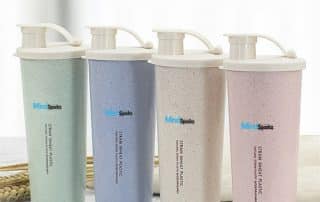Leather is a popular material known for its durability, flexibility and, of course, premiumness. On the other hand, leather is made from the skin of animals, and the extensive rearing of livestock has severe environmental impacts, raising issues and concerns among consumers. How can bio-based leather be a great alternative to genuine leather? Learn more by reading this blog!
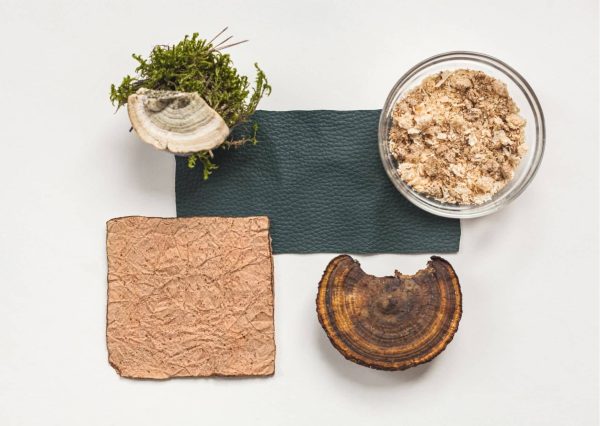
An excellent choice for manufacturing a wide range of custom promotional products, leather can be used in many ways and has several applications.
It’s a strong yet flexible material that can withstand the elements of daily wear. On top of that, it also has a distinctive look that makes it stand out from other materials.
But not unknown to us, genuine leather is made from animal skins and hides that have been treated with chemicals or dyes to preserve them and make them suitable for use such as:
Clothing
Footwear
Bags
Furniture
Tools
Sports Equipment
Leather is tanned to produce high-quality and premium goods. The tanning process was traditionally done by using vegetable-based tanning agents.
Today, most hides are tanned using chromium salts or other metals such as zinc.
The modern leather-making process involves three basic phases:
| 1. Preparation for Tanning | 2. Tanning | 3. Processing Tanned Leather |
|---|---|---|
| Animal skins and hides undergo several stages before they are ready for use in making promotional products.
Preparation for tanning may include fleshing, preservation or curing, soaking, liming, unhairing, splitting, deliming, bating, degreasing, bleaching, pickling, and depickling. |
After the preparation stage comes the tanning, a necessary process that stabilizes the protein of the raw hide or skin.
There are many ways to tan hides, but the result is that the hides will not rot and putrefy, and are ready for a wide variety of end applications. |
The leather is then dried to about 14 per cent moisture, either in the air or in a drying tunnel or by stretching the leather and then air or tunnel drying it.
It is then stretched and softened, and the grain surface is coated to give it additional resistance. |
The Impacts of Real Leather
Leather production involves the killing of animals for their skins and hides.
It is a major contributor to the animal welfare crisis.
Leather making is one of the most water-intensive industries in the world, with a need for huge amounts of water and electricity to produce leather products.
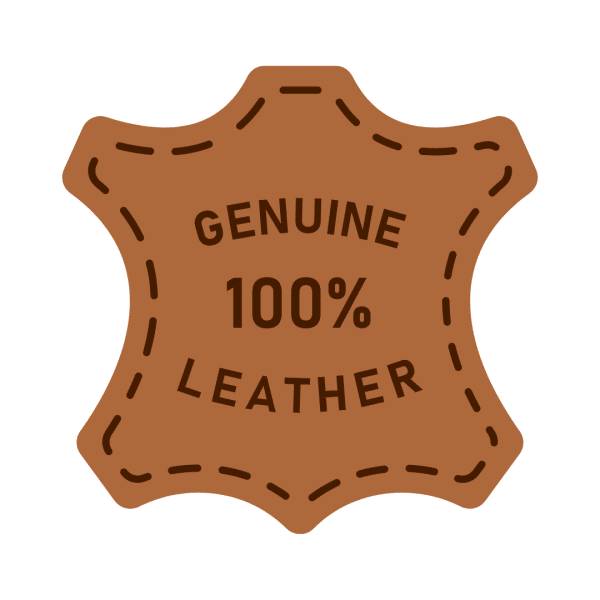
The methods used by tanneries are cruel and outdated, and often involve the use of chemicals and other harmful substances.
These practices can lead to skin diseases, breathing difficulties, eye problems for humans and even death for animals.
The leather industry plays a huge role in the deforestation of the Amazon.
Forests are cleared to make room for pastures where the animals graze on grass.
The Rise of Synthetic Leather
With all the issues and concerns raised against the production and patronage of genuine leather comes artificial leather, also known as synthetic leather, faux leather, vegan leather and pleather.
Synthetic leather is a man-made material intended to be an alternative to animal leather, designed to have a natural appearance just like the latter. It is mainly derived from plastics and polymers, making it a “vegan” option.
Read more about vegan leather in their article:
Consequently, this allows them to be far less expensive, easier to manufacture, and easier to care for than natural leather.
On the other hand, vegan leather only means animal- or cruelty-free leather. There are still big differences in their environmental impact.
Here are the most common leather alternatives into three categories, ranking them from high-impact to low-impact.
Check out this blog for a list of our top promotional leather products:
Introducing Bio-Based Leather
Also known as plant-based leather, bio-based leather is a material made from plants, such as:
Bio-based products are rising in popularity, as they are considered more environmentally friendly than synthetic products made from petrochemical materials because they come from renewable sources.
Finding alternatives to genuine leather is also driven by the increasing awareness among consumers, which takes up a large segment of today’s market.
Customisability
Bio-based leather can be customized according to customers’ requests, such as thickness, colour, fabric base, texture, surface finishing, hand feeling, and also the % of the bio-based content.
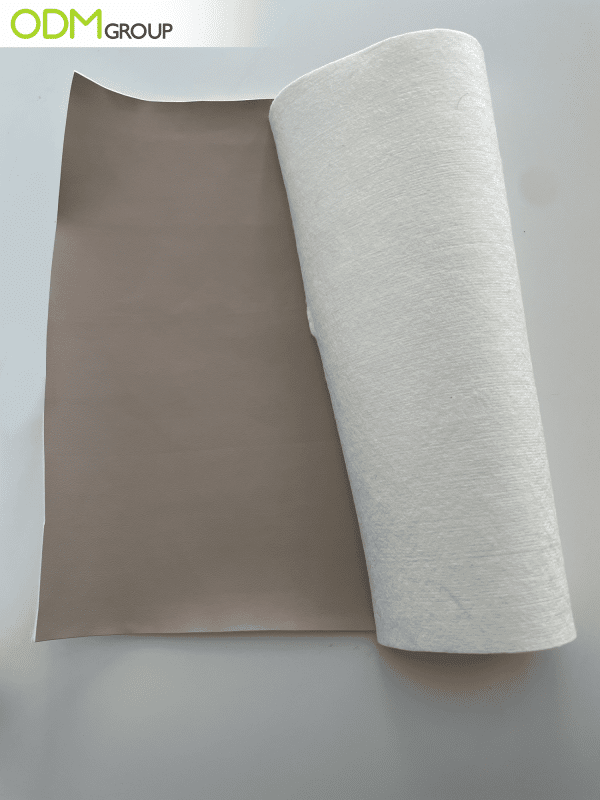
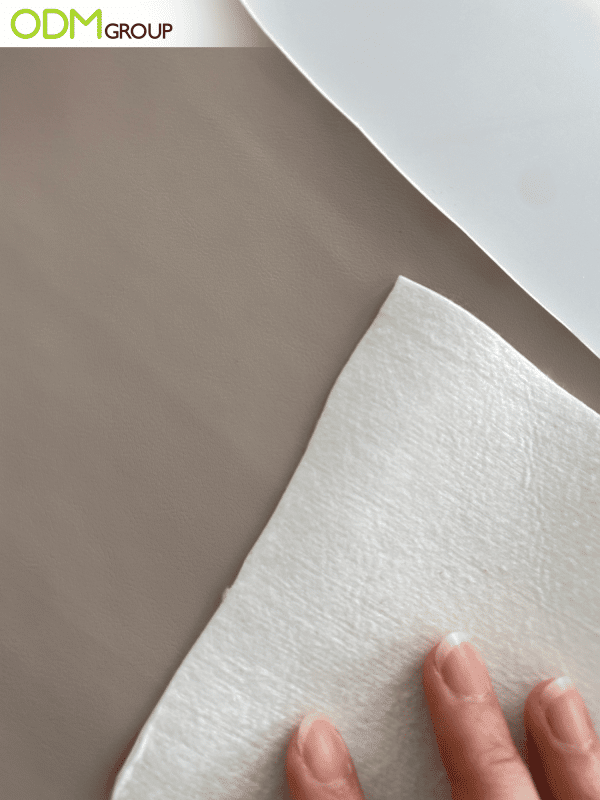
The higher % bio-based carbon content, the easy hydrolysis and the less durable and sturdy it is.
The higher % bio-based carbon content, the physical property will probably not meet our requests.
There is a total of 13 colours available – in production. For new colour development, we can rely on Pantone.
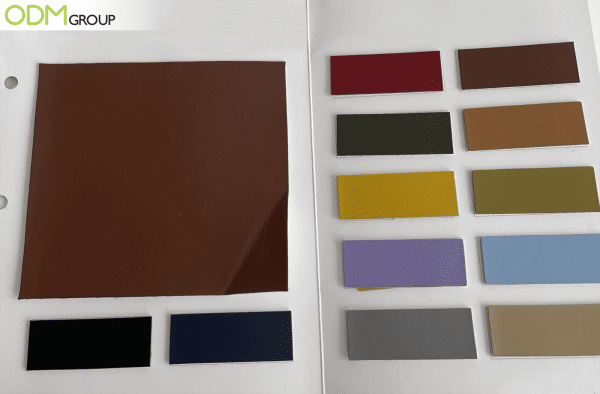
Printing On Bio-Based Leather
Knowing the best printing techniques for your leather promotional products is essential to producing a high-quality print that maximises brand exposure. It also creates a sense of exclusivity that adds value to your end products.
Customising your bio-based leather is made easier though this printing methods:
Embossing
Embossing is a technique in which the design is raised above the surface of the material on which it is printed.
The majority of embossed materials are made by pressing into the surface of a thin, flat piece of metal foil, creating a raised pattern on the surface.
Debossing
Debossing is the opposite process of embossing,
A metal die stamped onto the front of the material creates a depressed effect, basically creating an indentation in the object you use.
For both printing methods, you can choose to leave the printed area untouched or fill it with ink or foil stamping.
For debossing, please note that we cannot control the colour of the imprinted logo on the leather material. In some cases, the imprinted logo will change colour during the debossing process, while the material will retain its appearance for some.
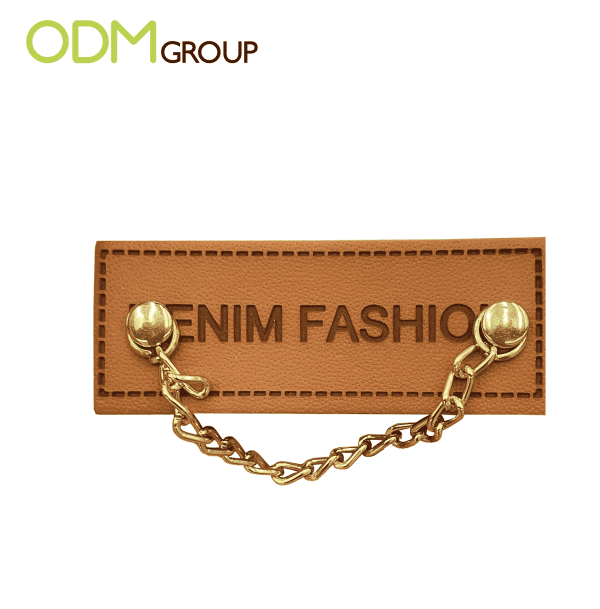
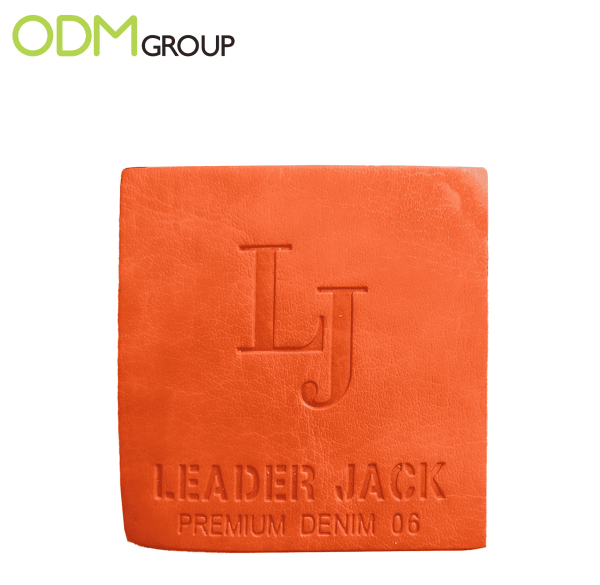
Are you interested in more bio-composite materials? Take a read on our recent factory visit to a manufacturer in Vietnam that produces promotional products from ground coffee bean material!
The use of bio-based materials can be used in a wide range of products and industries including textile, product packaging, construction and more. We listed some of them in the blog here:
How to Find the Bio-Based Leather For Your Products?
We imagine that you would like to immediately take action with everything you have read above and start using bio-based material instead of genuine leather. But where to find the suitable material for your product?
ODM works with reliable and committed suppliers. We are here to assist you!
We also have a team of experts that you can consult for the best promotional products for your following promotions.
The ODM Group, together with its POS design agency, Mindsparkz, strives to be the world’s most transparent and trusted partner for consumer product design. We’re committed to helping our clients design better products that are made sustainably and responsibly.
We also encourage you to look at our Sustainable Marketing page where we highlight a wide range of eco-friendly merchandise and materials to help power your business in an environmental and socially responsible way.
